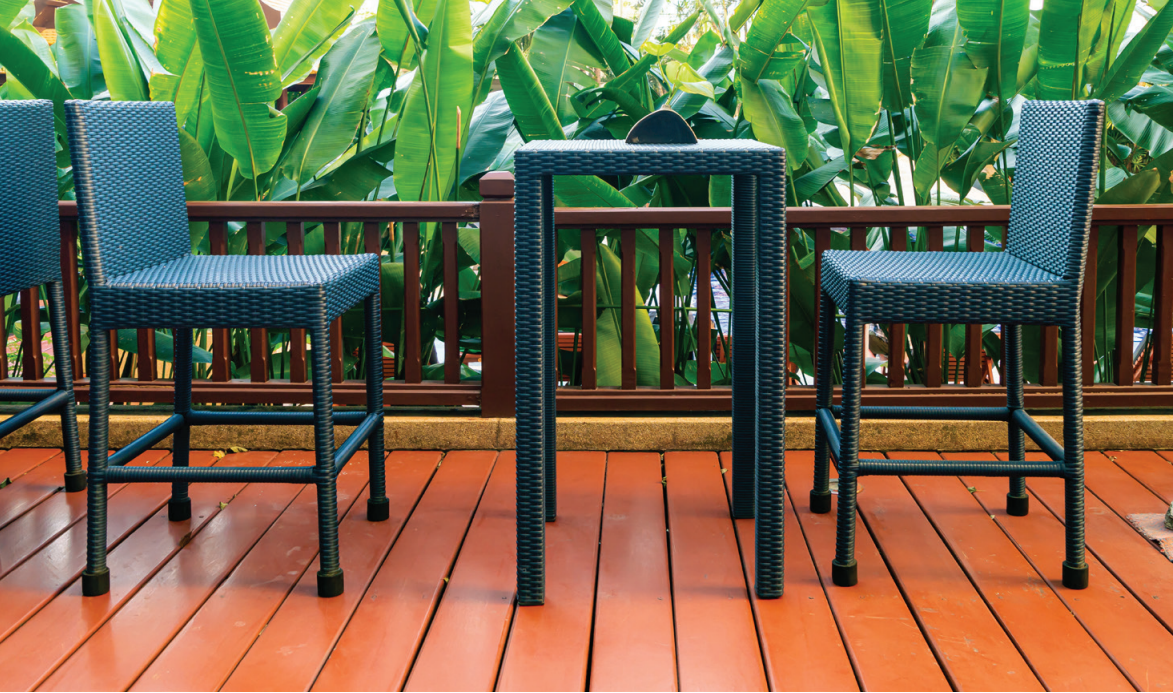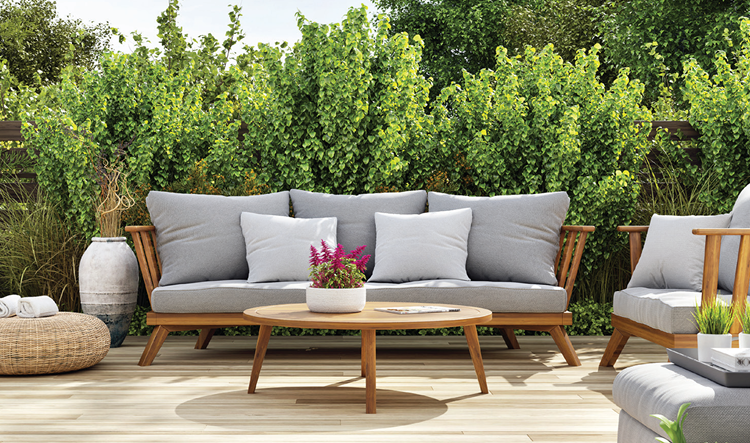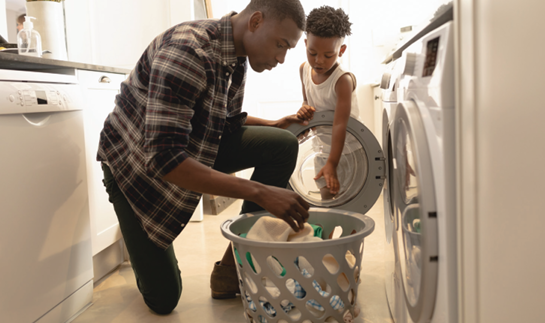Maintain Your Home's Plumbing this Winter
New Paragraph

Maintain Your Home's Plumbing this Winter
by: homewarranty.com
by homewarranty.com
Here are some winter plumbing tips for homeowners to help prevent problems and keep your plumbing in good shape during the cold months:
Insulate Pipes: Ensure that exposed pipes in unheated areas like basements, crawlspaces, and attics are properly insulated. Use pipe insulation or heating tape to prevent freezing.
Seal Leaks: Seal any gaps or cracks in your home's walls and foundation to prevent cold air from entering and freezing your pipes.
Disconnect and Drain Outdoor Hoses: Before the first frost, disconnect and drain garden hoses. Store them indoors to prevent damage. Also, consider installing frost-free hose bibs.
Insulate Outdoor Faucets: Wrap outdoor faucets and spigots with insulated covers to protect them from freezing temperatures.
Keep a Drip: On especially cold nights, allow faucets that are connected to vulnerable pipes (usually those along exterior walls) to drip slowly. This can help prevent freezing.
Maintain a Consistent Temperature: Keep your thermostat set to a consistent temperature day and night, even when you're away. This helps prevent drastic temperature drops that can lead to frozen pipes.
Service Your Water Heater: Have your water heater serviced regularly to ensure it's functioning efficiently during the colder months.
Know the Location of Your Main Water Shut-Off Valve: Familiarize yourself with the location of your home's main water shut-off valve. In case of a burst pipe, you can quickly turn off the water to prevent extensive damage.
Install a Sump Pump: If your home is prone to basement flooding due to melting snow or ice, consider installing a sump pump to remove excess water.
Schedule a Plumbing Inspection: Before winter arrives, consider having a professional plumber inspect your plumbing system. They can identify any potential issues and provide recommendations for prevention.
Prepare for Travel: If you plan to be away from home during the winter, keep your thermostat set to a minimum temperature to prevent freezing, and ask a trusted neighbor or friend to check on your home periodically.
Taking these precautions can help you avoid costly plumbing repairs and potential water damage during the winter months.
January is Radon Action Month - So What is Radon Gas?
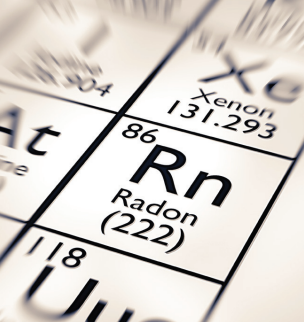
The Environmental Protection Agency (epa.gov) defines radon as a naturallyoccurring radioactive gas that can cause lung cancer. Radon gas is inert, colorless and odorless. Radon is naturally in the atmosphere in trace amounts. Outdoors, radon disperses rapidly and, generally, is not a health issue. Most radon exposure occurs inside homes, schools and workplaces. Radon gas becomes trapped indoors after it enters buildings through cracks and other holes in the foundation. Indoor radon can be controlled and managed with proven, cost-effective techniques.
Over time, breathing radon increases one's chances of lung cancer, and radon is the second leading cause of lung cancer.
The good news is you can take steps to reduce your homes radon levels by having your home tested. We suggest hiring a professional who specializes in radon detection.
If your house tests high for radon levels, a mitigation system is relatively inexpensive. The system will draw radon from beneath your home and release it to the outdoors. The average cost is between $800-$1,500.
Chicken and Kale Soup
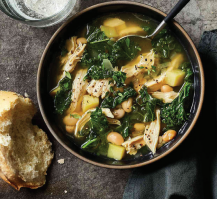
Photo and recipe courtesy of: eatingwell.com
This easy Red White and Blue Salad is a refreshing side for patriotic BBQs and summer gatherings, like Memorial Day.
Blueberries, strawberries, feta, and greens are tossed with almonds and sprinkled with a light honey citrus vinaigrette that really makes this berry salad a standout!
INGREDIENTS
• 1 tablespoon extra-virgin olive oil
• 1 ½ cups chopped yellow onion
• 1 tablespoon minced garlic
• 1 (15 ounce) can no-salt-added great northern beans, rinsed
• 12 ounces boneless, skinless chicken breast
• 2 medium Yukon Gold potatoes, peeled and diced (1/2-inch)
• 6 cups unsalted chicken broth
• 3 thyme sprigs
• 1 teaspoon kosher salt
• ½ teaspoon ground pepper
• 3 cups chopped kale or 1 10-ounce package frozen chopped kale
• 2 tablespoons lemon juice
INSTRUCTIONS
Heat oil in a large heavy pot over medium heat. Add onion; cook, stirring occasionally, until softened, about 5 minutes. Add garlic; cook, stirring constantly, until fragrant, about 1 minute. Add beans, chicken, potatoes, broth, thyme, salt and pepper. Bring to a boil over mediumhigh heat; reduce heat to maintain a simmer. Simmer, covered, until the potatoes are tender and an instant-read thermometer inserted in the thickest portion of the chicken registers 165 degrees F, about 18 minutes.
Transfer the chicken to a plate and, using 2 forks, shred it into bite-size pieces. Stir kale into the soup; cook over medium heat, stirring often, until the kale is wilted and tender, about 2 minutes. Remove from heat; stir in the shredded chicken and lemon juice. Remove the thyme sprigs before serving. Serve hot.

Helen Melake
Realtor | DRE# 02108722
Phone: (510) 703-2274
Fax: (916) 339-6619
January Calendar
January 1 - New Year's Day
January 18 - Martin Luther King, Jr. Day
January 1-7 is Celebration of Life Week
January is National Radon Action Month
Homeowner Tips
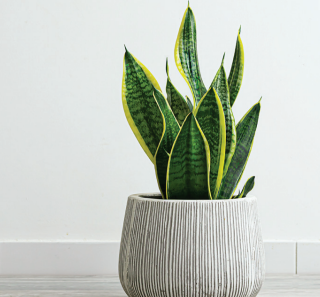
Add a Little Green to Your Life
Indoor plants can do more than sit around and look pretty - many improve air quality by removing trace amounts of certain toxic chemicals in the home. Golden Pothos, Aloe Vera, and Snake Plants are just a few indoor plants that will add beautiful greenery to your winter home. You will also find these plants super easy to maintain.

Real Estate Web Design by Bullsai


